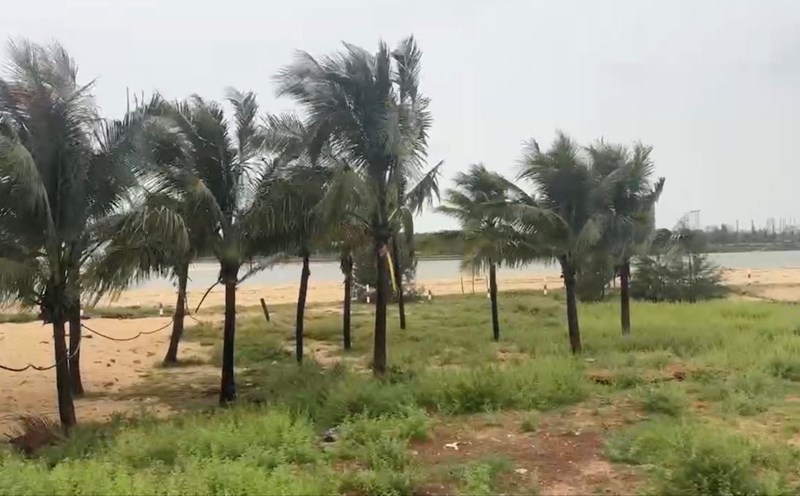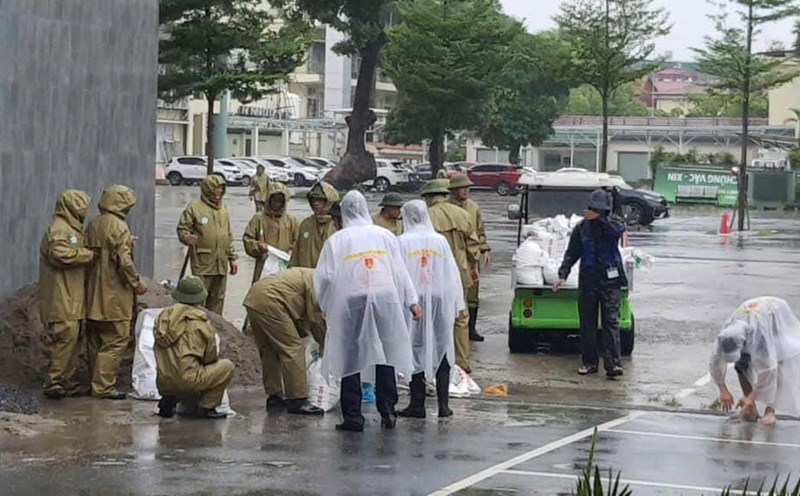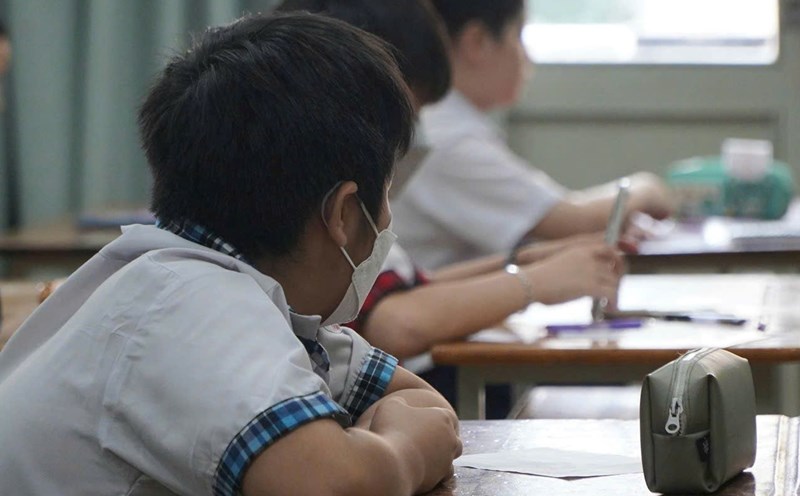Fresh food - eaten in a short time
Pork, beef, and chicken should be processed and stored in a stone storage compartment, and can be used for 3 - 5 days. Green vegetables such as mustard greens, water spinach, Malabar spinach, squash... stored in dry places will be stored for 2 days, in the refrigerator can be kept for 4 - 5 days. Fruits such as potatoes, carrots, squash can be stored outdoors for a few days.
Eggs are also an essential food, if properly stored, they can be left for 15 - 20 days.
Dried foods - a backup food source
The family should prepare enough rice, salt, fish sauce, cooking oil and dry foods. Dishes to have during the rainy season include: dried fish, instant noodles, canned foods (carn, canned fish, instant sausages), shrimp, dried bread, cakes, condensed milk.
If the storm is forecast to last for a long time, you should store more bread and condensed milk to use in case you cannot cook. When using canned items, it is necessary to pay attention to checking the expiration date and arranging the appropriate portion sizes.
Drinking - a top essential need
Families need to store clean water in tanks, bins, and basins, and buy bottled water, fruit juice and canned milk. Each person needs at least 3 liters of water per day, which is about 45 liters for a family of four for three days. All should be left in a dry place to avoid the risk of flooding.
How to store food during and after storms
1. Check the refrigerator: Temperature should be below 40°F (4-5°C) to prevent bacteria from growing.
2. When out of power: Limit refrigerator opening. A full ice closet can be kept cold for 48 hours, half a closet for about 24 hours; the refrigerator can only be kept cold for 4 hours. After 4 hours, you need to eliminate perishable foods such as meat, fish, eggs, milk and cooked foods.
3. When there is a power outage: Check the temperature in the cabinet. If it is still below 4-5°C and the food is still stuck with ice, it can be used again. On the contrary, it is necessary to remove spoiled food and re- sanitize the refrigerator.
4. When your home is flooded: Only drink boiling water or bottled water. Do not use foods that have been exposed to floodwater, including soft drinks in spiral bottles or paper boxes or plastic boxes. metal containers can be used if they are disinfected.
Reserving food appropriately before the rainy and stormy season not only helps families feel secure in living but also protects their health, especially for young children, the elderly and pregnant women - vulnerable subjects in conditions of poor food hygiene and safety.
Storm No. 5 Kajiki gusts to level 12 after many hours of making landfall, continues to cause heavy rain
After more than 5 hours of landfall, storm No. 5 Kajiki still maintains a strong intensity of level 9-10, gusts of level 12, causing heavy rain and strong winds in many localities. In Nghe An, gusts of wind were recorded up to level 15, while the coastal area from Quang Ninh to Thanh Hoa had strong winds of level 6-8, gusting to level 9. The storm's water level in Hon Ngu (Nghe An) reached 1.66m, with many places having more than 550mm of rain.
From the night of August 25 to the end of August 26, the North, North Central and some northern mountainous provinces will have widespread heavy rain, with common rainfall of 50-200mm, some places over 400mm. In Nghe An, Ha Tinh, Ninh Binh, heavy to very heavy rain, risk of flash floods, landslides and urban flooding.











